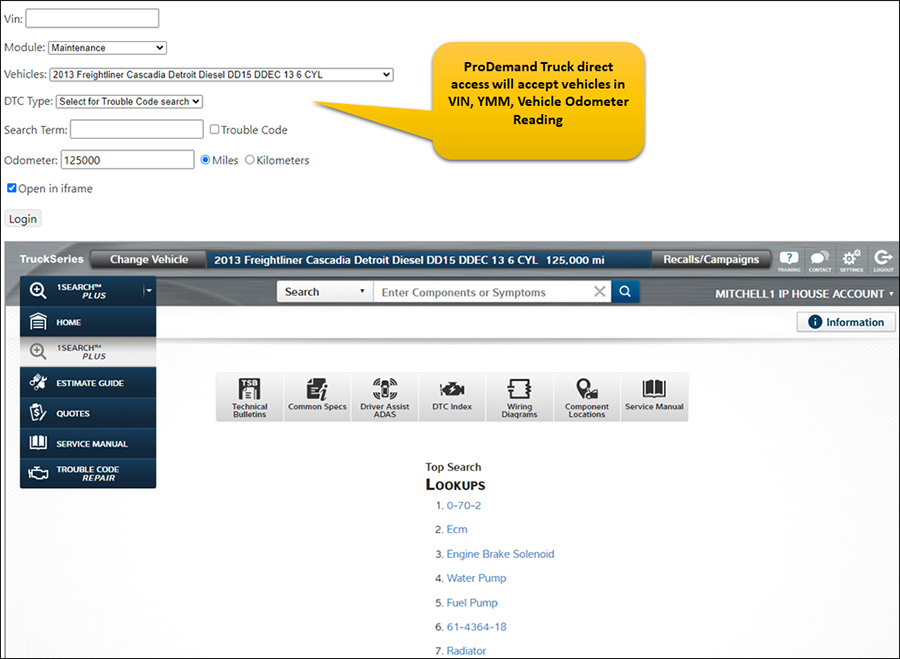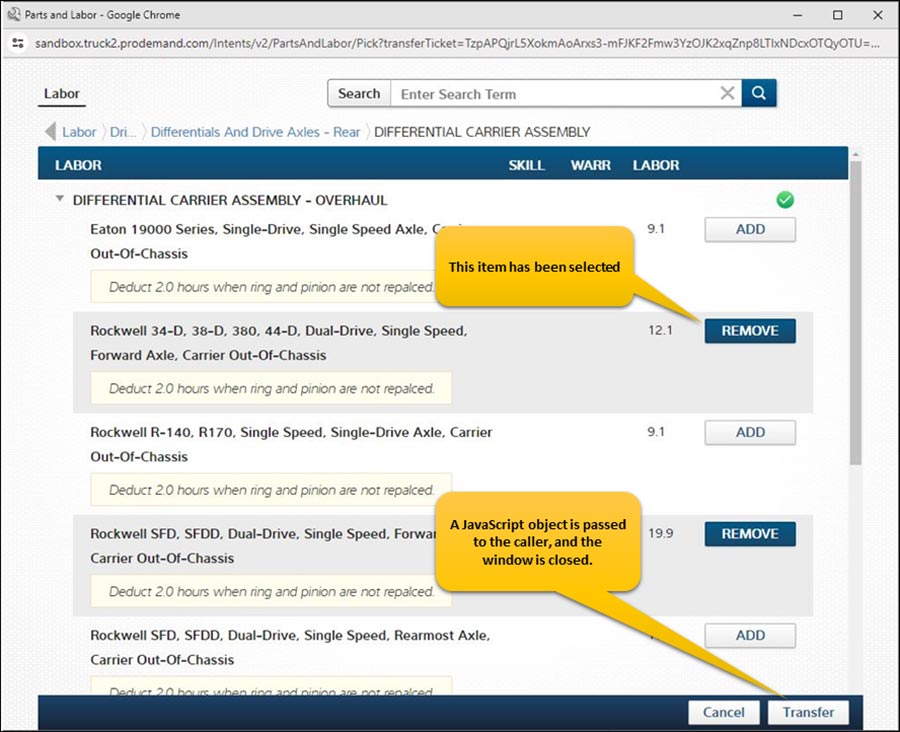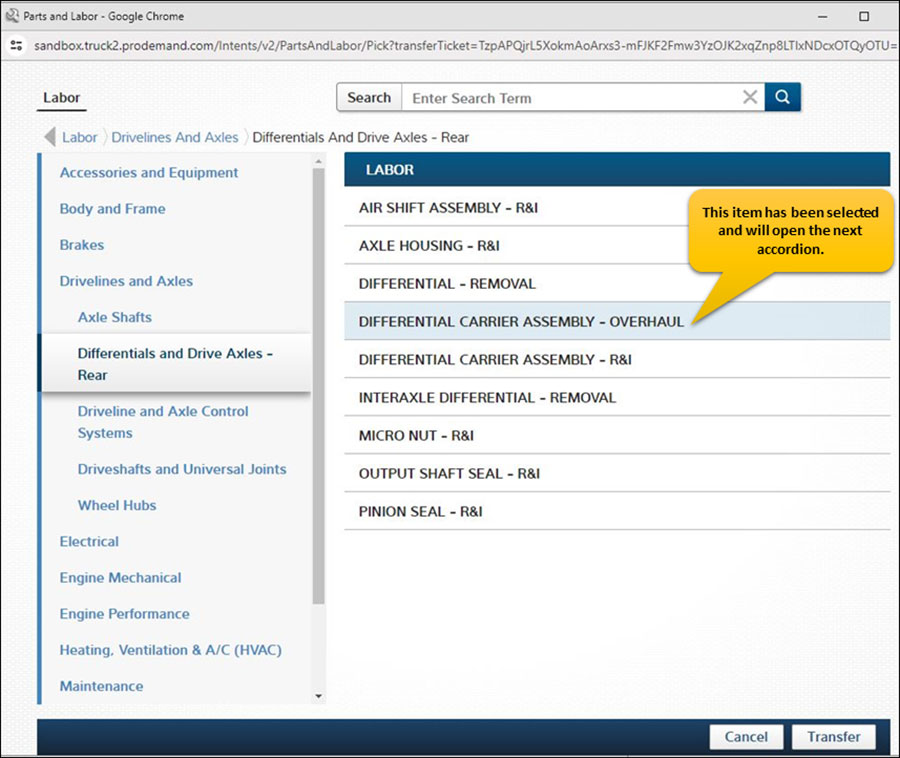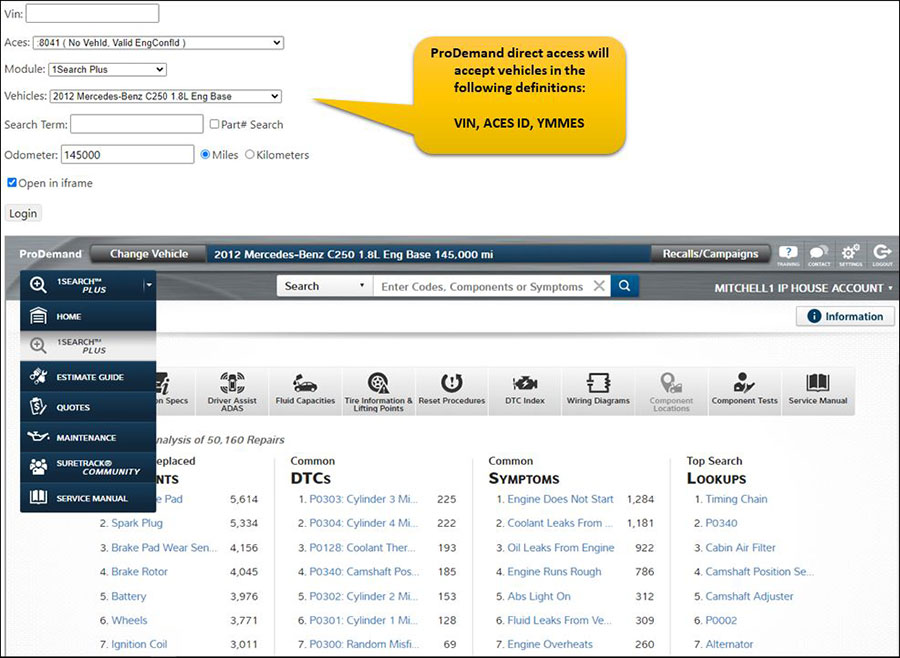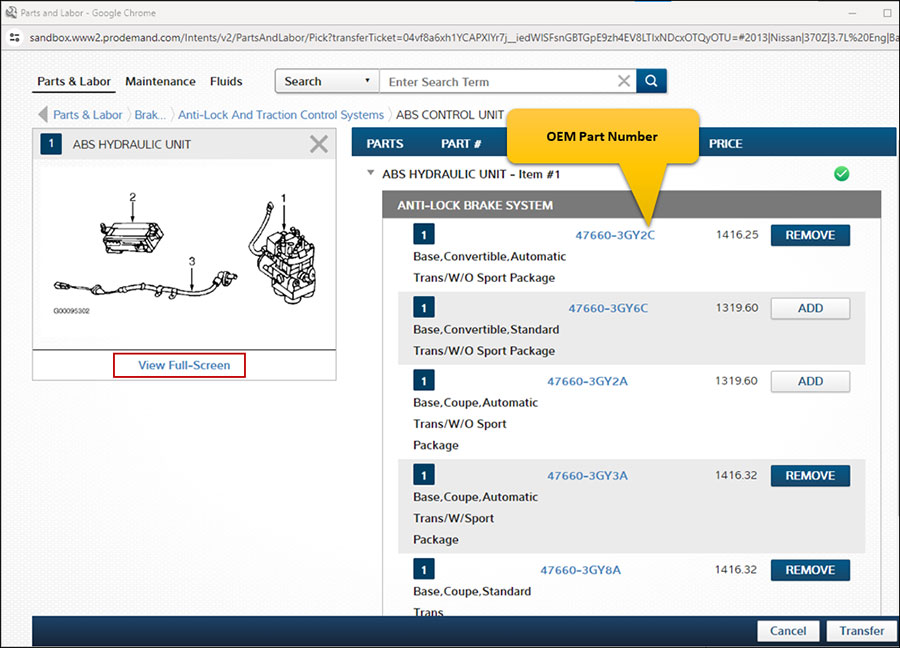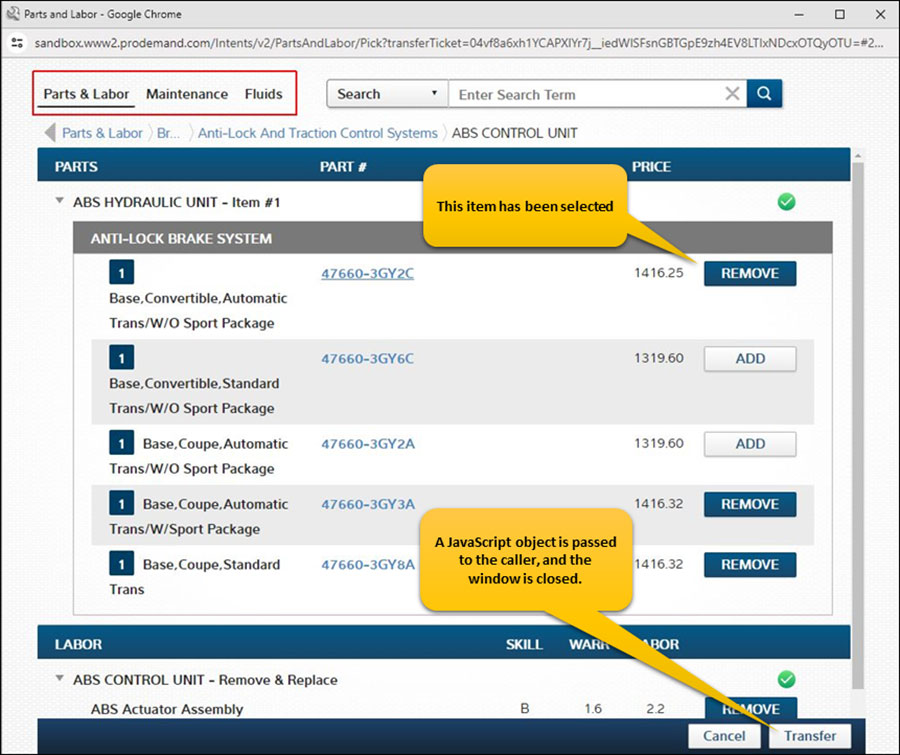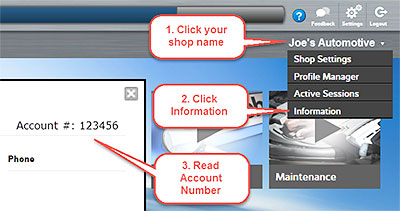You must unlearn what you have learned about truck service with this masterful guidance.
With today’s trucks, there are a wide range of materials being used in engines, transmissions, axles, brakes, and other vehicle systems. These materials serve various purposes, from saving weight to improving performance, increasing strength, or handling higher temperatures. To avoid creating new complications during service, the materials used in modern trucks often require different servicing procedures than in the past.
Let’s delve into three specific vehicle maintenance areas that require even more specialized attention today.
Diagnostic Precision: The Crucial Starting Point
To begin, diagnostics remain the starting point for vehicle problems. Of course, there are diagnostic elements included with general maintenance such as oil analysis, checking for leaks, and worn or damaged components.
With the ever-increasing use of electronics, proper testing procedures are vital to accurate repairs and longer component life. Some testing procedures from past years can now severely damage electrical circuits. For example, test probes that pierce wire insulation can create open wounds that allow moisture and dirt to infiltrate, leading to potential higher resistance points affecting vehicle operation.
Likewise, improper testing probes on connector terminals can open up the connecting terminals so they no longer fit as tightly as they should. A self-induced intermittent problem is something no technician wants to experience. To avoid such issues, technicians should not solely rely on past experience but also review the service procedures for the vehicle being services.
Cleaning Parts: Modern Challenges
In the not-so-distant past, one could get by fairly well with a scraper and wire brush to clean off gasket material and debris during repairs. To speed cleaning gasket surfaces – especially those coated with sealer – a wire brush on an air grinder was a miracle worker. Just polish those surfaces bright, hit them with some degreaser, and you were good to go.
However, as aluminum and plastics began to show up, air-powered wire brushes would grind these materials into oblivion. The damage to the surface may have looked clean, but it was also deformed, resulting in sealing surfaces that no longer provided an effective seal. Leaks would keep coming back and frustration would build for the technician and the customer.
As with any diagnostic procedure, technicians should take the time to consult the service information to see how parts and assemblies should be cleaned. In some cases, using a plastic scraper is recommended to avoid creating grooves that could lead to future leaks.
Sealants and Lubricants: The Right Choices Matter
Finally, using the proper sealants and lubricants during service will help provide a solid repair and avoid damaging parts. Surfaces made of different materials react differently to heat, making it essential to use sealants and lubricants designed to accommodate material and temperature variations. While a favorite sealer might work on some surfaces for a while, it may not be suitable for every application.
Instead, look up what sealer should be used for the job. In most cases, the specification for a sealant will be available through different sealer manufacturers. With solvents and lubricants, it is wise to inquire which are compatible with the components being serviced to avoid damaging surfaces or weakening the overall structural integrity of the part. Yes, some parts will just melt away from the incorrect chemicals like an ice cube on a hot desert highway.
Final Thoughts: Prioritize Service Information
Today’s trucks are complex and utilize diverse materials. It is virtually impossible to know everything about servicing every truck in existence. However, knowing how to access and apply the proper service information is a huge advantage in fixing the truck correctly the first time and avoiding costly comebacks. Taking the time to review service information before starting the repair is a wise decision that pays off in the long run.
Additional tips for repair and maintenance of Class 4-8 trucks may be found in the Mitchell 1 ShopConnection Truck blog.

